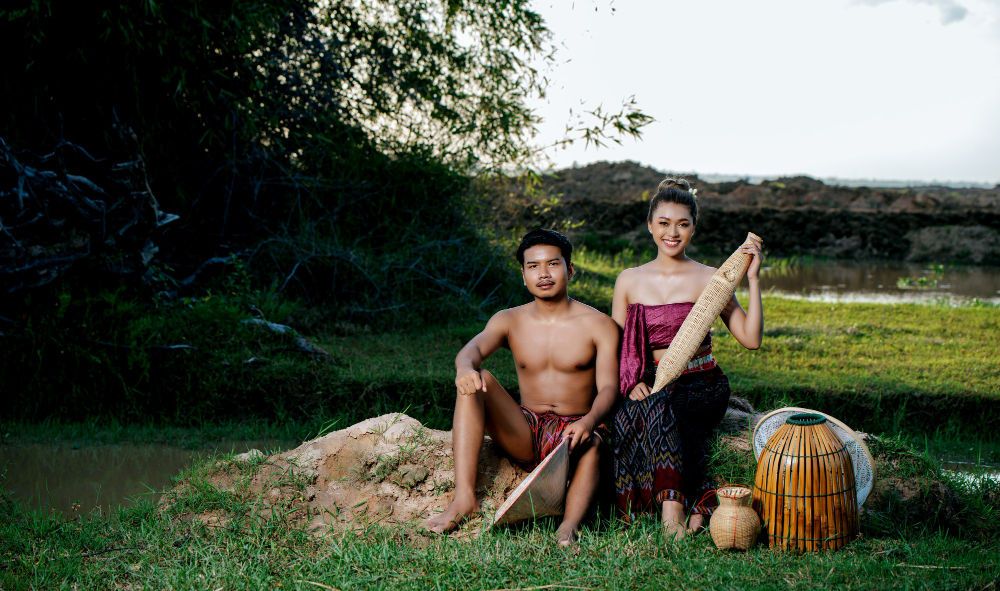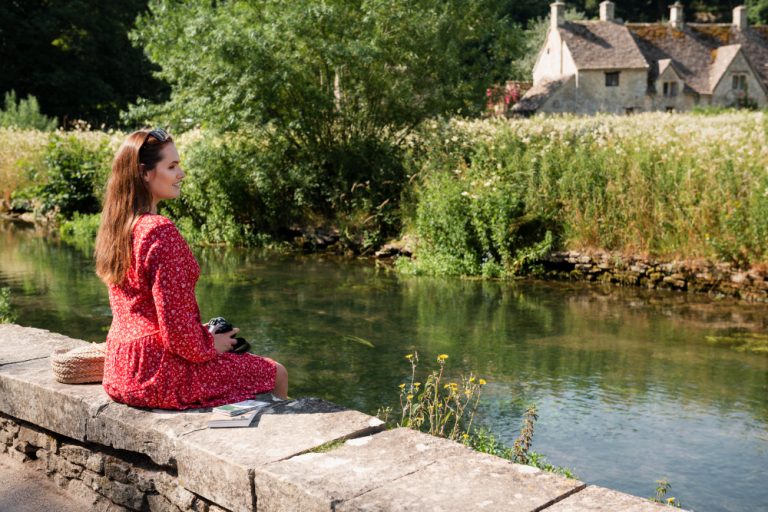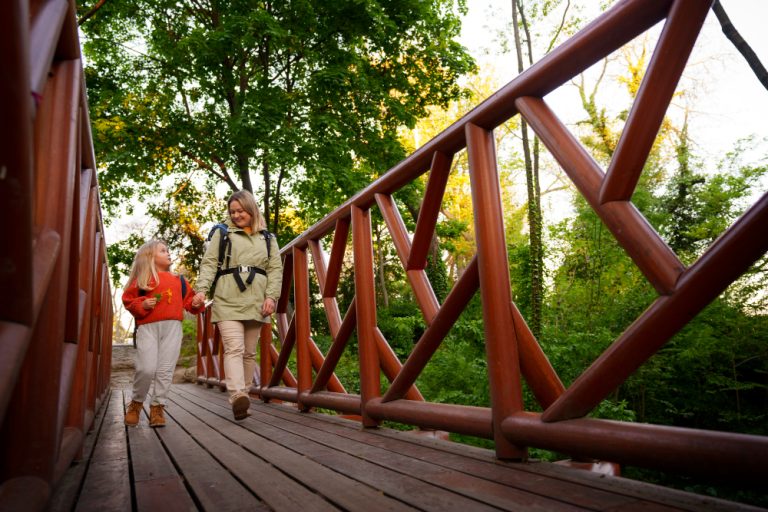Inle See (Lake Inle), nestled in the heart of Shan State, Inle See BurmaMyanmar, is more than just a picturesque destination—it’s a living, breathing window into the cultural soul of Burma. This highland lake is home to stilt-house villages, floating gardens, and vibrant traditions that have stood the test of time. For culture lovers, Inle See offers unforgettable encounters that connect travelers to the rhythms of local life. From artisans at work to spiritual sites, here are 9 authentic experiences you won’t want to miss.
1. Explore the Floating Villages and Stilt Houses
Inle See Burma One of the most striking sights on Inle Lake is its floating villages, where homes are built on stilts over the water. These villages are primarily inhabited by the Intha people, an ethnic group known for their lake-based way of life. Watching daily life unfold—children rowing to school, women gardening from boats, and elders fishing with traditional tools—gives visitors a direct look into the local culture.
Tip: Hire a longtail boat and ask your guide to take you to lesser-known villages like Thale Oo or Maing Thauk for a quieter, more intimate experience.
2. Witness the Art of Traditional Leg-Rowing
The Intha fishermen have developed a unique rowing style: they stand on one leg at the stern of their boat and wrap the other leg around an oar to paddle. This technique allows them to have a clear view over the tall reeds and floating vegetation of the lake.
Inle See Burma Watching them balance gracefully while casting their conical nets is mesmerizing—it’s more than fishing; it’s performance art. This practice is passed down through generations and is a living tradition you won’t find anywhere else in the world.
3. Visit Local Markets That Rotate Daily
Inle Lake hosts a 5-day rotating market that shifts between different lakeside towns, offering fresh produce, textiles, tools, and more. What makes this market unique isn’t just the goods, but the atmosphere. Different ethnic groups—Pa-O, Danu, Intha, Shan—come together to trade, socialize, and share their traditions.
Inle See Burma Markets like those in Nyaung Shwe or Indein are particularly rewarding for culture lovers looking to taste authentic street food and interact with locals.
4. Tour Traditional Handicraft Workshops
The lake is dotted with craft workshops, where artisans create goods using techniques honed over centuries. Visit the village of Inpawkhon to see women weaving lotus fiber, a rare and sacred textile made from the stems of lotus flowers. Nearby, you can find workshops producing cheroot cigars, silver jewelry, and Shan paper.
Inle See Burma Watching the meticulous craftsmanship up close provides insight into how tradition and artistry go hand in hand in Myanmar.
5. Discover the Ruins of Indein Pagodas
Just off the lake’s western shore, Indein Village is home to an eerie and atmospheric site: hundreds of crumbling ancient stupas, overgrown with moss and vines. Some of these structures date back to the 12th century, and walking among them feels like stepping back in time.
Culture lovers will appreciate the blend of Buddhist spirituality and rural life, as monks walk barefoot among the ruins and children play near sacred sites.
6. Participate in a Traditional Cooking Class
Inle See Burma To truly understand a culture, you must taste its food—and better yet, learn how to cook it. Several family-run cooking schools around Inle offer classes where you can prepare traditional Shan and Burmese dishes, such as tea leaf salad (lahpet thoke), fish curry, or fermented tofu soup.
You’ll usually begin the experience by shopping at the local market with your host, making it an immersive and educational journey from farm to table.
7. Observe Ceremonial Life at Nga Phe Kyaung Monastery
Inle See Burma Also known as the “Jumping Cat Monastery”, Nga Phe Kyaung is one of the oldest and most culturally significant monasteries on the lake. The monastery is built on stilts and houses a collection of ancient Buddha images and intricate wood carvings.
Although the trained jumping cats are no longer a feature, this monastery remains a peaceful place to observe Buddhist rituals, listen to chants, and speak with monks who are often eager to share their knowledge with visitors.
8. Celebrate Local Festivals With the Intha People
If your trip coincides with Phaung Daw Oo Pagoda Festival (usually in September or October), you’re in for a treat. This is the biggest cultural event around Inle Lake, where four sacred Buddha images are paraded around the lake in a golden barge, escorted by traditional leg-rowers.
Inle See Burma The festival features boat races, spiritual ceremonies, music, and dance, offering culture enthusiasts a rare and energetic look at the soul of Intha spiritual life.
9. Explore a Traditional Pa-O Village in the Hills
Beyond the lake, head into the Shan Hills to discover Pa-O villages, where locals still wear traditional indigo clothing with colorful turbans. These communities welcome respectful visitors and offer homestay experiences that allow deeper cultural immersion.
You’ll learn about traditional farming techniques, spiritual beliefs, and community life that contrasts yet complements the lake culture.
10. Take a Sunset Canoe Ride with a Local Guide
Inle See Burma As the day winds down, consider joining a canoe ride paddled by a local guide. These quiet excursions take you into narrow channels lined with bamboo houses and floating gardens, offering intimate perspectives of everyday life at dusk.
It’s also an opportunity to ask questions, hear stories, and understand the customs of the lake-dwelling communities from someone who lives it daily.
Conclusion: Culture Flows Through Inle See
Inle See isn’t just a pretty place—it’s a cultural tapestry where ancient traditions and everyday life float side by side. For culture lovers, it offers countless authentic experiences: ceremonies, crafts, cuisine, and conversations with people proud of their heritage. The best part? The lake and its people welcome travelers who explore with curiosity and respect.
Inle See Burma If you’re yearning for a deeper, more meaningful travel experience, Inle See in Burma is your perfect cultural gateway.
FAQs About Inle See Burma
1. What is the best time to visit Inle See for cultural experiences?
The ideal time is between September and November, when the Phaung Daw Oo Festival takes place. The weather is also pleasant and ideal for boat rides and village tours.
2. Do I need a guide to explore Inle See?
While not mandatory, a local guide can greatly enhance your experience by providing context, translations, and access to off-the-beaten-path spots and villages.
3. Is Inle See suitable for budget travelers?
Yes, Inle See offers a wide range of accommodations and experiences for different budgets. Homestays, guesthouses, and group tours make cultural immersion affordable.
4. Are the traditional crafts authentic or tourist-made?
Many workshops still produce authentic, handmade crafts using traditional methods, especially in less touristic villages like Inpawkhon. Be sure to ask about the process.
5. How do I get to Inle See?
The nearest airport is in Heho, about an hour’s drive from the main town Nyaung Shwe, which serves as the gateway to Inle Lake. You can also arrive via bus or train from major cities like Mandalay and Yangon.
Also read : Colmar France: 9 Scenic Canal Views You’ll Want to Photograph




Leave a Comment